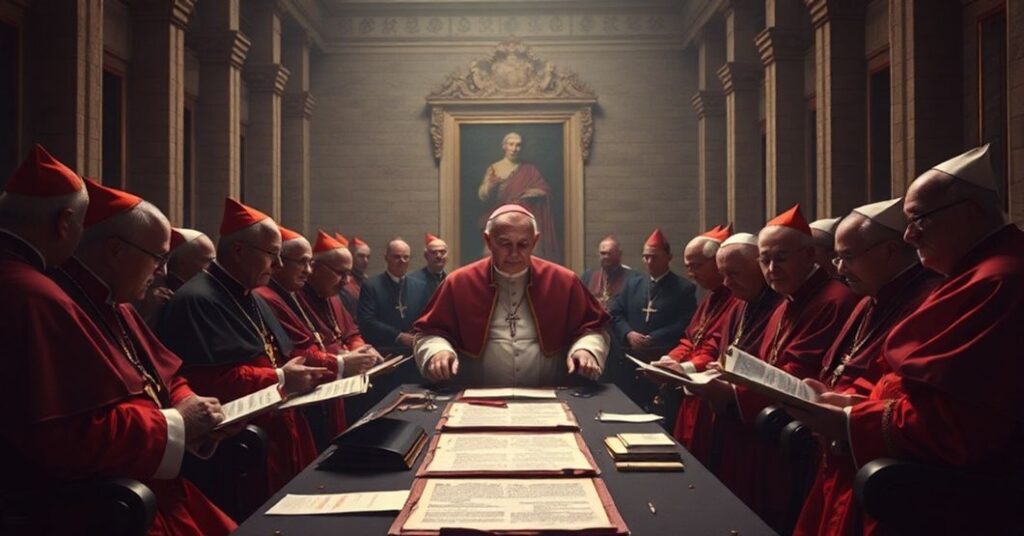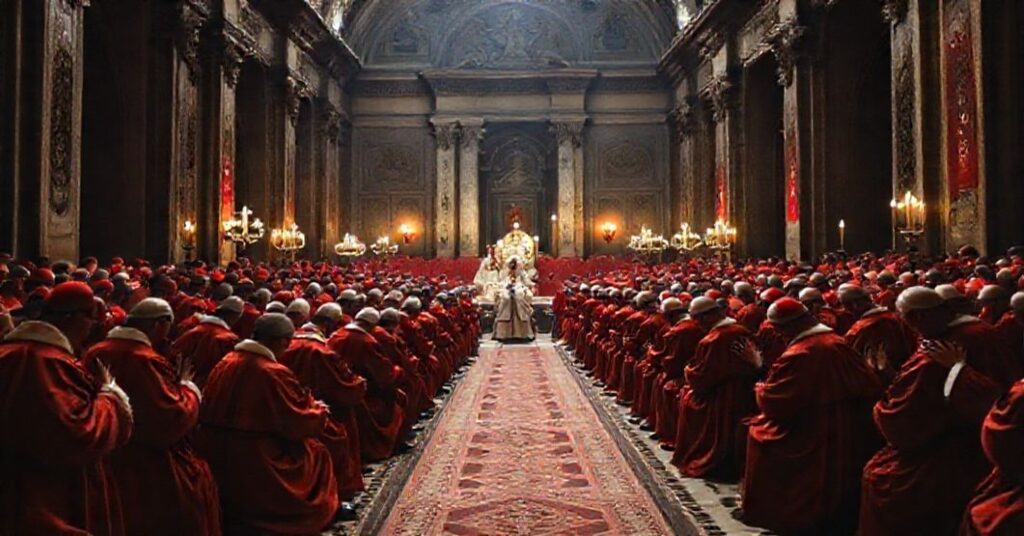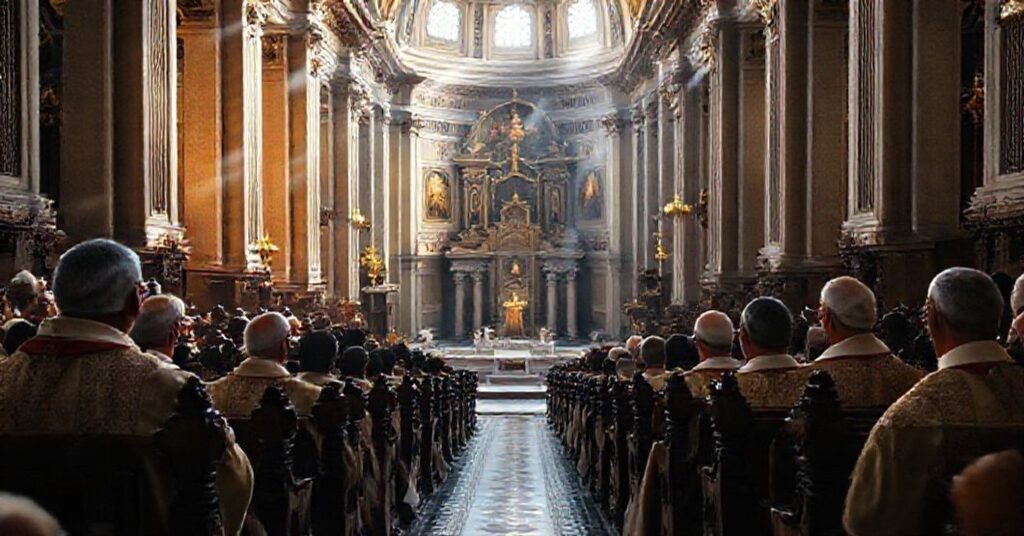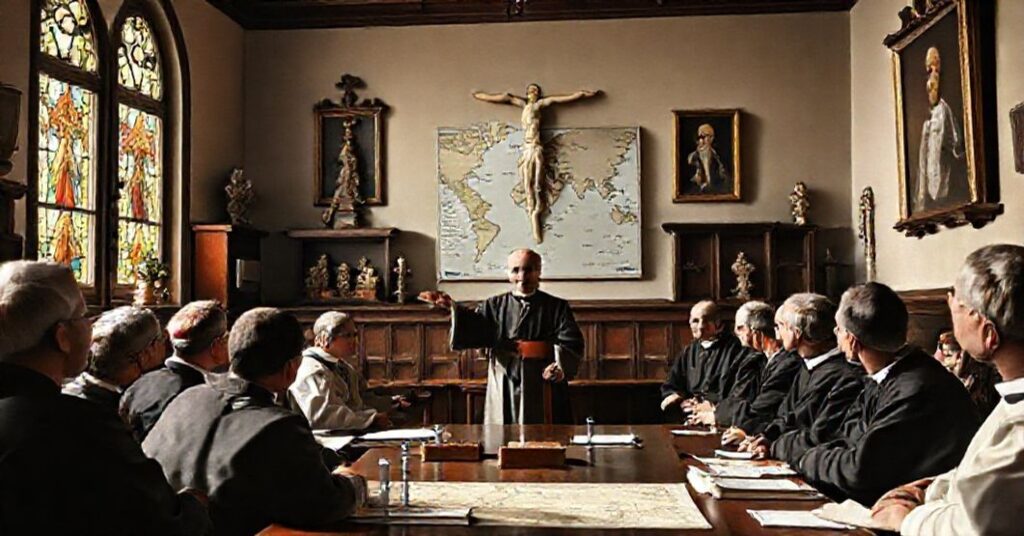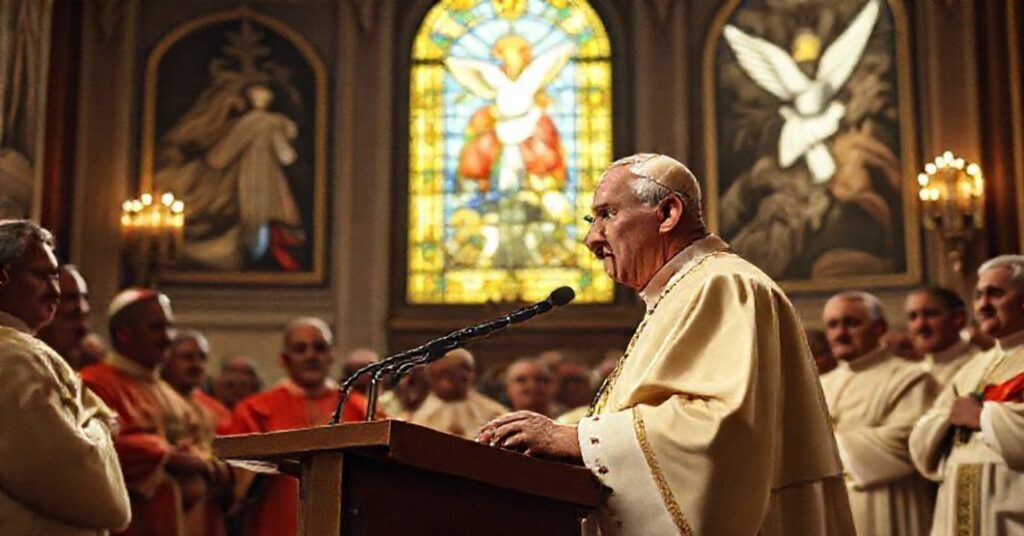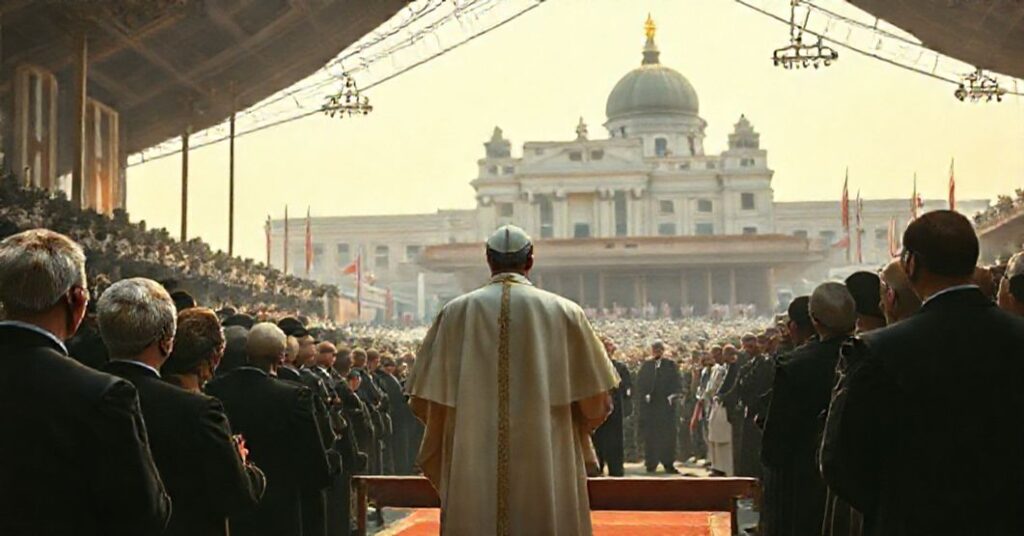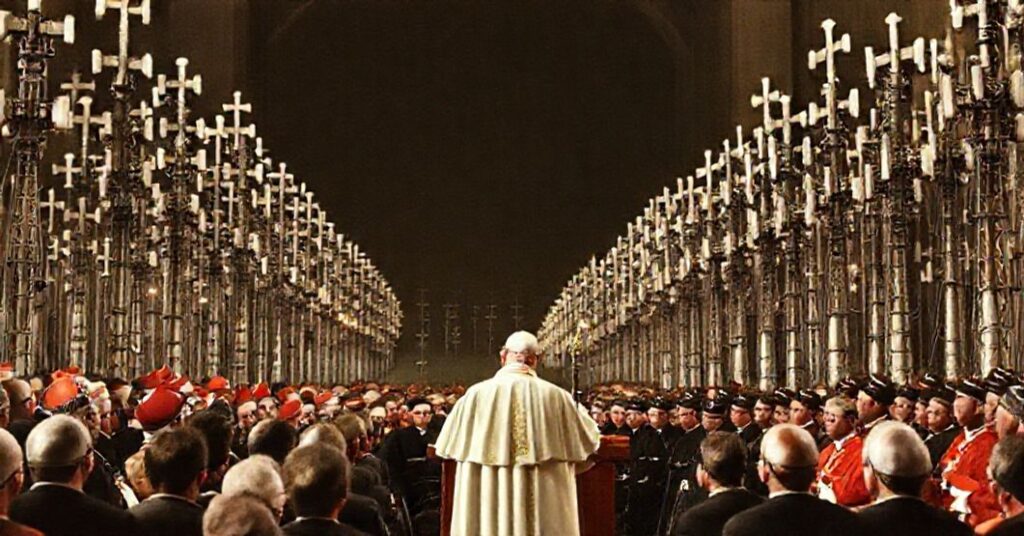Suburbicarian Sees As Mirrors Of The Conciliar Power Usurpation
The text issued under the name of Ioannes XXIII on 11 April 1962, a Motu Proprio concerning the “regimen of the suburbicarian dioceses,” reorganizes the relationship between the historic suburbicarian sees and those bearing the red hat: it transforms Cardinal-Bishops into merely titular holders of suburbicarian churches without real jurisdiction, centralizes in the antipope the free appointment of such titles, assigns actual ordinary power to separate residential bishops, and integrates these ancient sees structurally into a “conference” with the Roman diocese, all under the sign of administrative optimization and curial efficiency. In one stroke, the historic nexus between the episcopal dignity, real pastoral jurisdiction, and the highest rank of the Roman clergy is stripped and replaced by a functionalized, bureaucratic, jurisdictionless aristocracy at the service of a new power structure—an act that manifests not pastoral care, but the progressive demolition of the visible constitution of the Church in favor of the conciliar sect’s paramasonic regime.



